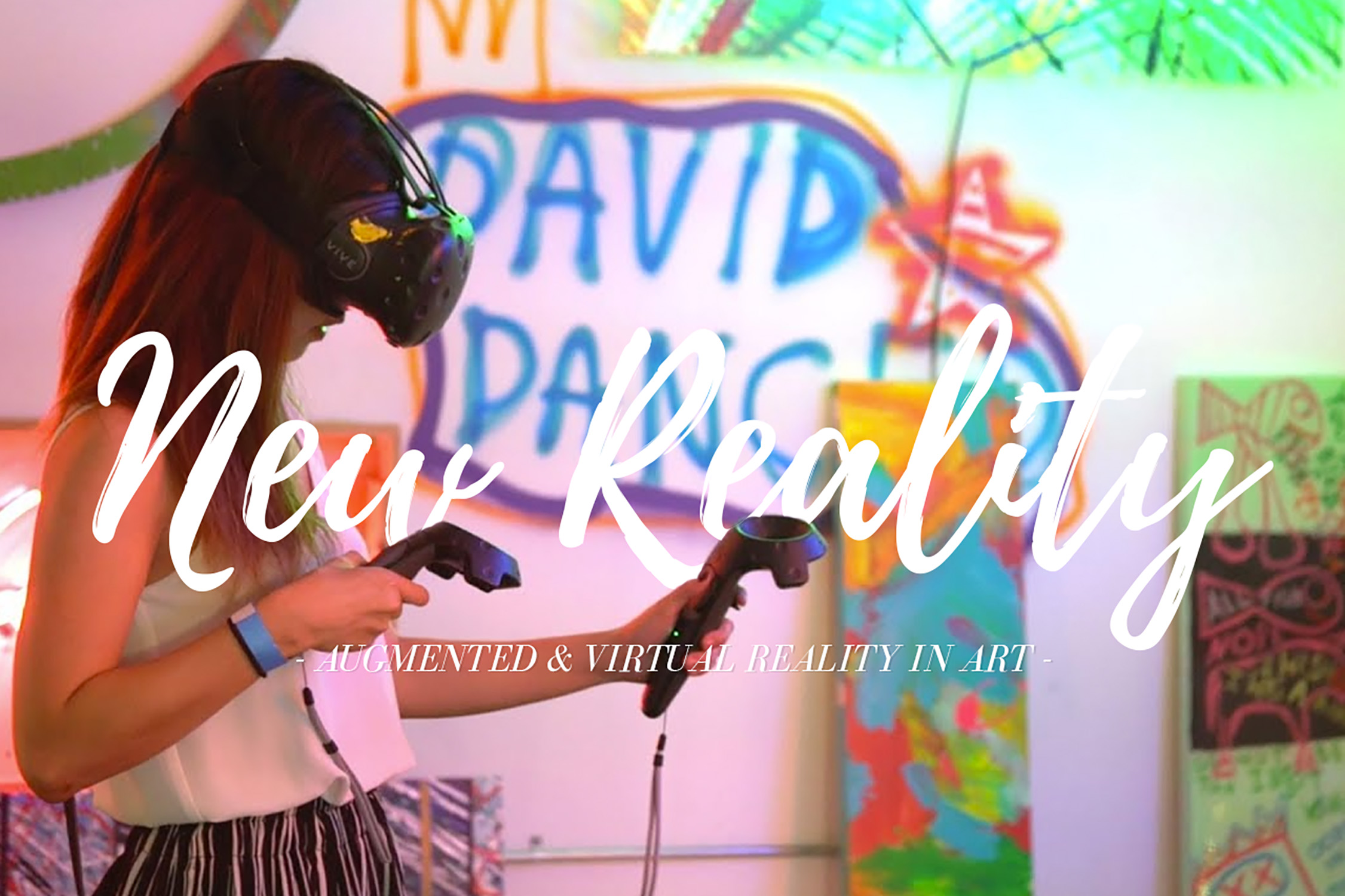Art has constantly evolved with us throughout the years, adapting and adopting the technology of the time as a medium to stay relevant in the societal context of the time. As virtual reality and augmented technology have made its way into the film and gaming industry, these trends have begun to make their way into the art world as well. The art world has always traditionally been skeptical of new arrivals to the time-tested frameworks established by previous artists.
“VR art [can] take hold of the art world, forever altering the way art is consumed, and even sold”
In 2016, the Oculus Rift, a virtual reality headset, was released to the public. Virtual reality itself is the wet dream of science-fiction lovers everywhere, allowing the user to plunge themselves into an alternate reality completely virtually immersed. While there has always been some form of resistance to introduction of new mediums to the art world, virtual and augmented reality has many practical applications for artists alongside the museums and galleries showcasing the art itself. Before we delve into the role that AR and VR play in the art world, let’s first gain a better understanding of these two concepts:
AUGMENTED REALITY VS. VIRTUAL REALITY
Virtual reality is much more immersive with the goal of allowing the user to feel like they are experiencing the simulated reality firsthand through stimulation of their vision and hearing. Whereas augmented reality places the power in the hands of the user, enhancing and blending digital components into the real world.

The rundown? Virtual reality offers a digital recreation of a real life setting, while augmented reality delivers virtual elements embedded into the real world.
THE (AR)TISTS
One of the best examples of how VR is already being brought into the folds of the art world can be illustrated through the example of the HTC Vive’s Tilt Brush application. Quoting Elizabeth Edwards, a virtual artist, “the appealing aspect of VR lies in its tactile nature […] all barriers between the artist and the art are removed”. Many artists have described working with VR as being more intuitive as the “virtual plane is more flexible and present”. With the Tilt Brush in particular, artists work with a headset and motion controllers allowing them to construct paintings within a 3D plane rather than being constrained by a 2D canvas. As described by Google,
“Your room becomes the canvas. Your palette is your imagination”.
GALLERIES AND MUSEUMS REIMAGINED
Within the gallery space, there are 2 major uses for VR & AR: (1) It can be used to experience a space and (2) It can be used to offer a completely new experience altogether. In the case of Toronto-based artist, Alex Mayhew’s exhibit at the Art Gallery of Ontario (AGO), AR & VR are utilized to help gallery visitors reimagine AGO paintings with a modern twist. This exhibit taps into the power of the ReBlink app to give traditional paintings a 21st century makeover to reflect a “vision of our daily reality” and create a completely new experience even for those who have seen the paintings countless times before.
While major auction houses have yet to sell VR/AR works, earlier in March of this year Sotheby’s became the first major auction house to exhibit virtual art. As we’re on the cusp of the VR/AR art market being born, there possibilities are limitless in how this technology can be used moving forward; for example, imagine a future where overseas buyers can put on a headset and view the art they’re bidding on as if they’re standing in the auction hall in person.
HOW DO YOU VALUE AR/VR ART?
As the top curators and artists of the world begin to embrace this medium, we run into another problem. How exactly are auction houses valuing and selling this unconventional type of art?
Currently, there is no real precedence set and no previous works to compare the value of these art pieces to. At the moment, hardware is an important consideration for auction houses that carry this specific medium and headsets are often included in the price of the work itself. Another consideration artists and curators alike must now take into account is the threat of piracy. Traditionally, art pieces are valued by their inimitable scarce nature in addition to the reputation of the artist. The issues arising with virtual art is that in their basic form, digital files are infinitely replicable.
WHAT DOES THIS MEAN FOR YOU?
VR & AR is probably coming to a gallery near you soon. So don’t be surprised if the next time you visit a gallery you get the chance to walk through Vincent Van Gogh’s Starry Night…





